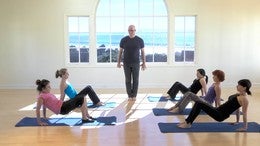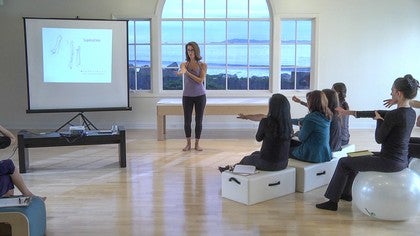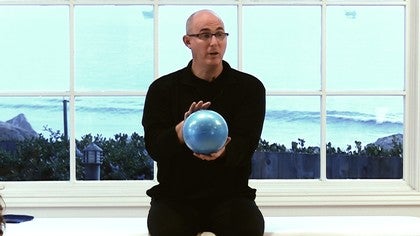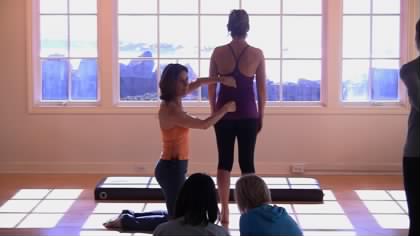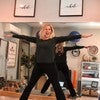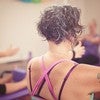Premium Continuing Education workshop
You can view a 2 minute preview. For details, scroll down below the video.
Description
Brent Anderson is the leader in our industry when it comes to back pain and Pilates (he wrote his dissertation and received his Ph.D on the subject). This workshop is full of valuable information and demonstration. We have broken down the workshop in ten digestible chapters that you can start and stop at anytime and always return to for reference.
Objectives:
Learn to identify the needs of a client with lower back pain.
Gain a visual understanding of the discs and facet joints and the actions they perform.
Become more comfortable working with individuals with mechanical low back pain.
Lecture and Practical:
Brent intersperses practical experience with lecture throughout each chapter so the experience of learning feels rich and continuous throughout this workshop.
Wrap up the workshop with a practical demonstration of Brent teaching a Reformer for back care class.
This is a workshop you'll refer to over and over again.
About This Video
Continuing Education Credits
If you complete this workshop, you will earn:
2.0 credits from Pilates Association Australia (PAA)
The Pilates Association Australia (PAA) is an independent and not-for-profit organization established by the Pilates industry as a regulatory body for control of quality instruction, member support, and integrity within all legitimate approaches to the Pilates Method.
3.0 credits from National Pilates Certification Program (NPCP)
The National Pilates Certification Program is accredited by the National Commission for Certifying Agencies (NCCA)
Workshops: Body Pathologies and Conditions
Comments
Tamara ~ We are aware that our system is not detecting that iPad users have watched a chapter. You can not view the quiz until our system has detected that each chapter has been watched (a PMA rule). If you wish to take the quiz please email me at support@PilatesAnytime.com and I will manually mark that the chapters have been watched or you can watch the workshop on any device other than an iPad and it will mark the chapters as watched. We are working to fix this technical bug.
Rosemary ~ I have just sent you an email that suggests solutions to the playback problem. If anyone ever has a playback issue please email me at support@PilatesAnytime.com
You need to be a subscriber to post a comment.
Please Log In or Create an Account to start your free trial.

